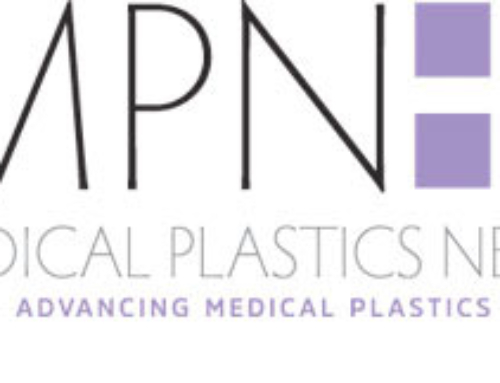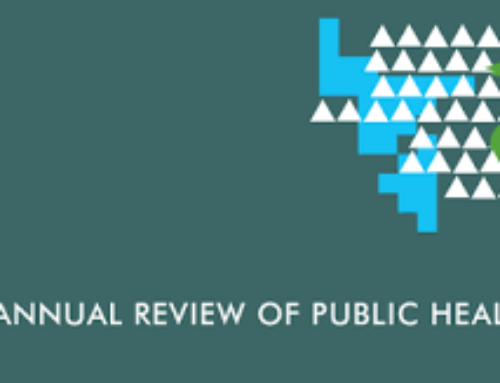Two global disasters have had a devastating impact on U.S. hospitals.
The COVID-19 pandemic and its high costs and stress on the supply chain, combined with the devasting impact of climate change, which causes an increase in respiratory and other illness, challenge hospitals in ways few could anticipate just a few years ago. Every quarter seems to bring more dismal reports on the poor financial health of hospitals.
Commercial single use device (SUD) reprocessors are working hard to help their hospital partners reduce costs, waste, and greenhouse gas emissions, while simultaneously strengthening the supply chain by reducing reliance on overseas imports and filling gaps when original products go on back order. At the Association of Medical Device Reprocessors, we took stock of our industry’s role and realized a few information gaps needed to be filled to bring everybody up to speed and further capitalize on the benefits reprocessing brings to hospitals worldwide.
First, some background
In 2020, our members reprocessed over 31.6 million devices for over 10,300 healthcare facilities in 13 countries. Commercial reprocessing reduces Scope 3 emissions, which drive 82% of all greenhouse gas emissions from U.S. hospitals. The first of several anticipated life cycle assessments showed that using a reprocessed EP catheter cuts greenhouse gas emissions in half compared to using original devices with each patient.Commercial reprocessors now market over 300 types of devices, ranging from transfer matts and pulse oximeter cables to laparoscopic instruments and electrophysiology catheters. AMDR estimates that the use of reprocessed devices saved U.S. hospitals over $372 million and diverted nearly 12 million pounds of medical waste from landfills in 2020. . .
Visit DotMed.com for the full article written by AMDR’s President Daniel Vukelich.









